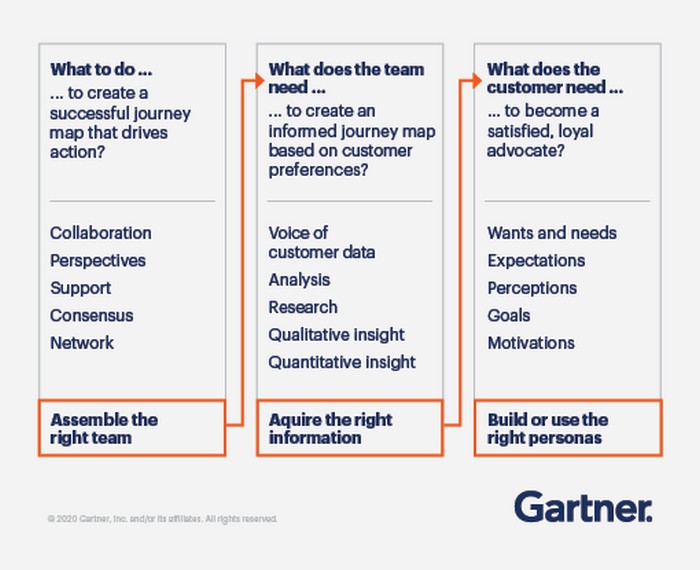Gartner surveyed 362 global customer experience (CX) practitioners from October through December 2021 to understand CX priorities, processes, and measures that currently exist as well as the organisational structures in place to support these efforts.
The study noted that organisations that demonstrate how customer satisfaction is associated with growth, margin and profitability are more likely to report CX success and are 29% more likely to secure more CX budgets.

Augie Ray, vice president analyst in the Gartner Marketing practice says being able to demonstrate that your most satisfied customers deliver more growth, margin and lifetime value is important for CMOs in securing resources for the CX program.
“By showing this positive relationship, CX teams are better positioned to prove why CX matters to financial performance and the importance of customer-centric practices to long-term brand health," he continued.
Marketing's role in CX
The survey identified three key drivers to help CX practitioners exceed management expectations. The first, and most powerful, driver speaks to marketing’s overall role in CX. CX programs that exceed management expectations are 2.3 times more likely to have CX efforts in marketing not primarily focused on the path to purchase but on the journey after acquisition.
Thirty-one per cent of respondents inside marketing departments reported they end their journey maps with purchase, lead acquisition, initial transaction or delivery of the product or service, omitting the important journey stages that follow.
Ray warns that a journey map that focuses merely on the purchase funnel, and not the entire end-to-end customer journey, is not a CX journey map. “Those sorts of journey maps may assist with efforts to build awareness, inbound traffic and acquisition, but they cannot uncover the opportunities that influence customer satisfaction, loyalty and long-term advocacy,” he added.
The role of planning and development in CX
The last two key drivers are similar and demonstrate the value of experience and maturity in a CX program. CX programs that exceeded management’s expectations were nearly twice as likely to have customer persona development initiatives in place for more than three years. They also were twice as likely to have end-to-end customer journey mapping in place for more than three years.
Persona development is immature in many organisations. Just 36% of respondents reported their customer persona development has been in place for three years or longer, and 79% of respondents report their organisation struggles to use customer personas to effectively support CX efforts.

Source: Gartner
Similarly, journey-mapping processes also improve with time and experience. Just 34% of respondents report they have three or more years of experience developing end-to-end journey maps, and 83% report their organisation struggles to use customer journey maps to identify and prioritize CX efforts.
“In discussions with clients regarding CX efforts, the importance of time, experience and maturity is a common theme,” concluded Ray.
Recommendations for CX leaders
Consolidate Inputs: Combine any voice of the customer feedback with customer-level transactional data to uncover how customer satisfaction drives commercial outcomes.
Invest in Skills: Develop the team’s skills around personas and journey maps in creating the essential tools for CX success. The processes to develop these tools are strengthened with time, data, experience and iterative improvement.
Focus on the Customer: Reinforce the organisation’s focus on the end-to-end customer journeys that seek to understand what drives customer satisfaction, loyalty and advocacy in order to acquire and retain the best customers.





